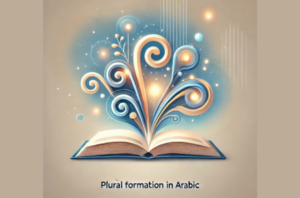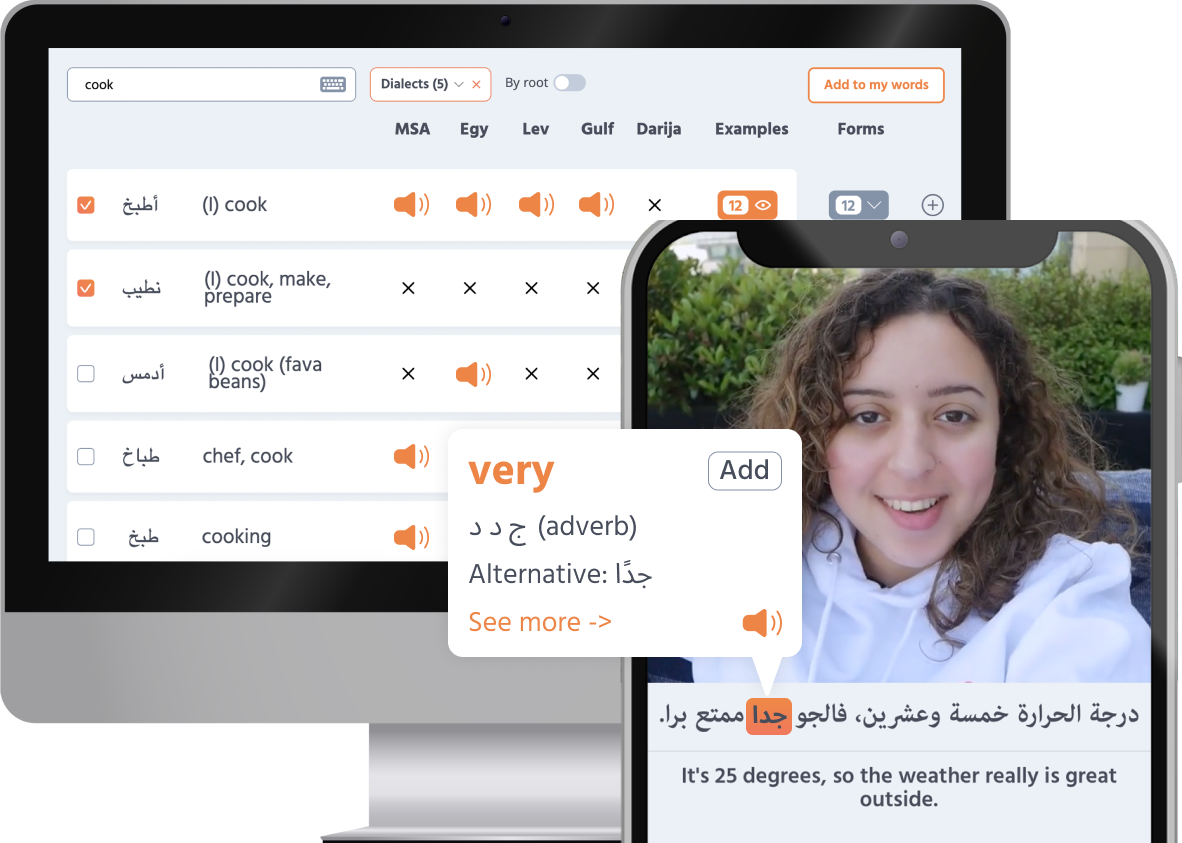Arabic is a fascinating and intricate language with a rich history and cultural diversity. However, there are many misconceptions about the different forms of Arabic, especially regarding Modern Standard Arabic (Fusha) and the various Arabic dialects. Let’s clear up some of the most common myths about Fusha and Arabic dialects, and explore the captivating world of Arabic language variations.
Myth 1: Fusha is the only “pure” and “proper” Arabic Fusha is often revered as the purest form of Arabic, but historical and linguistic analyses reveal that it, like all languages, has evolved and been influenced by other languages. Given its primacy in Islam, the so-called purity of Fusha is more a religious perception than a linguistic reality.
Arabic has always had a variety of forms and influences, which continue to shape it today. While Fusha is the standard form used in formal writing, speeches, and holy Islamic texts, it’s not the only legitimate form of the language. Arabic dialects, known as ‘Ammiya or Darija, are just as valid and are the main way people communicate. These dialects reflect the diverse cultures and regions of the Arab world.
Myth 2: Fusha and dialects are completely different languages Some believe that Fusha and the Arabic dialects are so different that they might as well be separate languages.
In reality, they share a lot of vocabulary and grammar. The main difference is the context in which they’re used. Fusha is mostly used in formal settings, like news broadcasts, official documents, and literature, while dialects are mostly used for everyday conversations, TV shows, and music.
In Playaling’s Audio Dictionary, you can check this overlap by searching for individual words, checking what varieties of Arabic they apply to, and hearing them pronounced both individually and in context. Get your free 7-day trial today.
Myth 3: dialects are corruptions of Fusha There’s a misconception that Arabic dialects are just sloppy versions of Fusha. However, dialects are vibrant, evolved forms of the language that have developed over centuries. They incorporate elements from other languages and reflect the historical and social influences of their regions.
Each dialect has its own unique grammar, vocabulary, and pronunciation, making it rich and complex. Both Fusha and Arabic dialects existed before Islam and continued to evolve after the Arab conquests, incorporating elements from languages of the conquered regions (e.g., Berber, Persian , Turkish, French, and Spanish).
Myth 4: Fusha is not used in everyday life While it’s true that dialects are more common in daily conversations, Fusha isn’t entirely absent from everyday life, making this information one of the myths about Fusha.
Fusha is often used in written communication, such as social media posts, newspapers, and official correspondence. Plus, Fusha is the language of education, religious texts, and formal media, so most Arabic speakers are familiar with it and can understand it, even if they don’t use it every day.
Myth 5: dialects are not used in formal contexts Many believe that dialects have no place in formal settings.
In practice, many professionals opt for a more accessible form of Arabic that blends Fusha with elements of regional dialects, or with Educated Spoken Arabic , especially in spoken communication. This adaptation, often out of practical necessity, underscores that strict use of Fusha is not always paramount in formal settings.
Moreover, in many TV programs and even in some modern literature and poetry, dialects are used to bring authenticity and relatability. In social media, conferences, and informal public speeches, dialects can be more effective in engaging the audience.
Myth 6: learning Fusha makes learning dialects unnecessary Some learners think that mastering Fusha is enough to understand all Arabic dialects , but it’s one of the myths about Fusha.
While a strong foundation in Fusha can help with learning dialects, it doesn’t automatically make you proficient in them. Each dialect has its own expressions, pronunciation, and vocabulary that can be quite different from Fusha. To communicate effectively in a particular region, it’s essential to learn the local dialect too.
Myth 7: Arabs communicate in Fusha when dialects differ While it’s commonly believed that Arabs from different regions communicate in Fusha when their dialects differ, practical observations suggest otherwise.
In real-world interactions, speakers often use their own dialects, peppering their speech with only a few Fusha words when necessary for clarity. This demonstrates that while Fusha may serve as a common educational standard, it is not typically employed as a primary mode of communication among speakers of varying dialects.
Myth 8: most Arabs are fluent in Fusha Contrary to popular belief, fluency in Fusha among Arabs is not as common as presumed. It’s one of the most popular Fusha myths .
For many, the use of Fusha is limited to formal education and certain professional contexts, which does not translate to fluency. Fusha is no one’s native language, as defined by the primary language one grows up with at home.
Even among educated speakers, the ability to converse fluently in Fusha is rare and typically seen only among those who specialize in its use professionally, such as teachers and broadcasters.
Myth 9: written Arabic is always Fusha While Fusha is the standard for formal written Arabic, a significant portion of personal and increasingly public written communication occurs in dialects.
This is evident in digital communications, social media, and even some modern literature. The preference for writing in dialects in informal contexts illustrates the flexibility of Arabic usage and reflects a broader linguistic trend toward embracing colloquial forms.
Myth 10: Arabic script is extremely difficult Both Fusha and Arabic dialects share the same script. However, the Arabic alphabet is simple, consisting of 28 letters, most of which change shape depending on whether they appear in the beginning, middle, or end of a word. To learn more about the Arabic script and its basics, check out our blog post: Mastering the Basics: Learn How to Read Arabic .
Understanding the relationship between Fusha and Arabic dialects is key to appreciating the richness and diversity of the Arabic language. Both forms have their own roles and importance, and neither is better than the other.
Oh, and by the way… If learning Arabic at your own pace, with fun, real-world videos sounds like your style, then Playaling could be exactly what you’re looking for!
With Playaling, you’ll dive into any major Arabic dialect or MSA. Our diverse range of videos has it all—from everyday conversations and cultural moments to music videos, TV and movie clips, influencer content, news broadcasts, and inspiring talks.
Our interactive captions let you tap any word for instant translations, context, and audio. So, real Arabic content becomes accessible with just a click. Miss something? No problem—rewind and listen as often as you need, or hover over subtitles for quick definitions.
Spot a word you want to learn? Save it to your personalized word set, or dive into curated sets for focused practice and easy review.
Interactive exercises let you dive in and practice what you’ve learned.
Need to look something up? The Audio Dictionary has you covered with clear human pronunciations and real world examples.
It’s a learning experience that keeps you engaged, bringing authentic, real-world Arabic closer to you every step of the way.
Give it a try!









